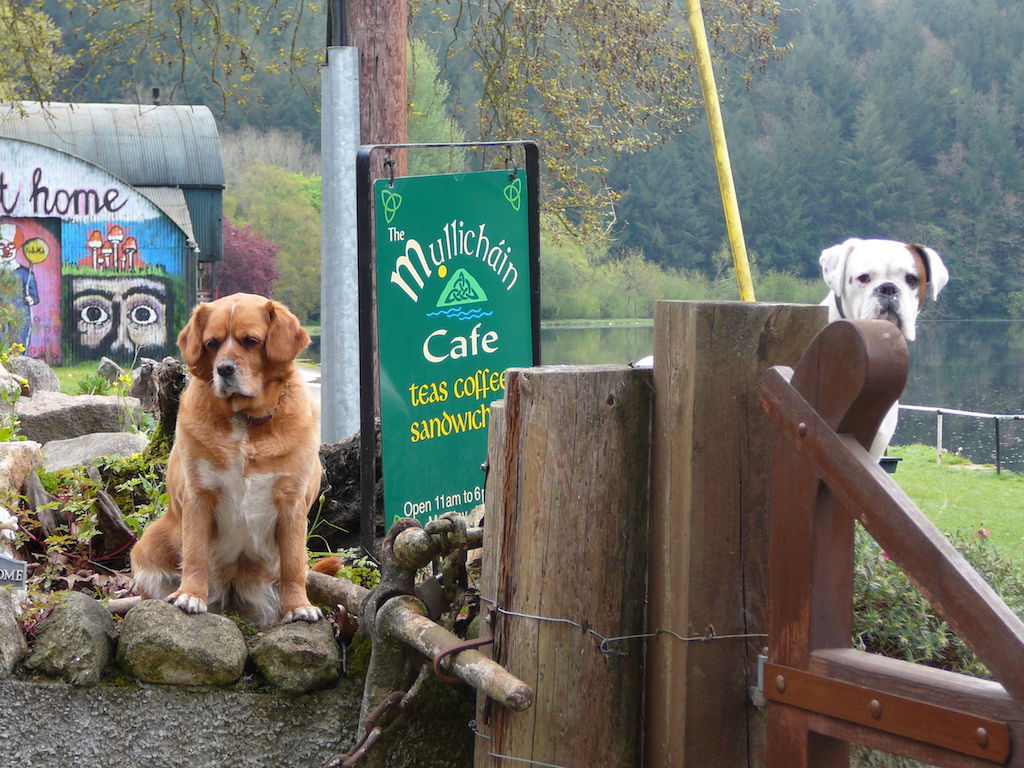When it comes to creating strong connections, networking is most effective when online and offline activities are combined, says Pat Carroll from Bank of Ireland.
Social postings can help build our profiles, but it can also be difficult to be ‘heard above the noise’ of the millions of daily online posts.
Some years ago I helped build and grow a global online network. To achieve this I used LinkedIn, Twitter, Facebook and email marketing. However, I discovered when physically launching the network in New York and London, that ‘on the ground’ networking was as important as the online activity.
“The old adage is true: if you don’t ask you don’t get. Use the knowledge and influence of your network, by asking for help when you need it”
Each of us has a combination of strong and weak connections within our networks. We all need to work at improving our networking skills. Here are some tips to help nurture your own business network.
Harry, meet Sally
As appropriate, make introductions between your connections. Ideally you should seek the permission of both parties. We all remember those people who made introductions for us which proved beneficial to our businesses.
Pay it forward
Reach out to share information that may help your contacts. It’s good to ‘pay it forward’ and not to be always looking for something for ourselves in return. This attitude has been a key component in the success of Silicon Valley’s start-up ethos.
Give due credit
Engage with your online connections directly (e.g. by congratulating them on new career roles.) This also gives you a chance to update them on your current situation and explore possible synergies that may exist between you.
Ask to get
The old adage is true: if you don’t ask you don’t get. Use the knowledge and influence of your network, by asking for help when you need it. Most people are glad to help, if they can. It is equally good to engage and offer your help to others. After all, what’s the point in building networks if we don’t help each other?
Personalised contact
Send links to articles, blogs or other postings you think may be relevant to your connections. As with all things digital, these should be timely and relevant and be sure to personalise.
Cut back to grow
Another useful task to perform periodically is to ‘prune’ connections you have who, on reflection, may not be relevant. It’s easy on Linkedin, for example, to ‘Remove a Connection’. You won’t cause offence, as they won’t be aware that you have done this. Quality matters more than quantity when it comes to connections. Isn’t it better to have fewer, but stronger, links?
Nurture connections
After the ‘pruning’ process, outlined above, it may be useful to re-introduce yourself to contacts that you value, but may not have engaged with for some time.
Are you engaged?
Making connections without engaging with them is like joining a gym and never using it – a wasted opportunity. When it comes to social networking, building connections or followers isn’t enough in itself, to help raise your online profile. You need to engage. On LinkedIn or Facebook, sharing, commenting on posts or ‘liking’ are effective ways to engage. On Twitter the same can be achieved by retweeting, liking or replying.
Checking in
If you don’t have a specific reason to contact a connection, it’s often worth checking-in with them anyway. Give them a brief update on your current status and enquire about theirs. You never know when you might ‘jog their memory’ about how you may be able to help them and perhaps prompt a business opportunity.
Face up
Try, when possible, to meet with your connections face to face. Social networking is all well and good, but you can’t beat good old-fashioned meetings. People appreciate you taking the trouble to meet them. Often the conversations we engage in at these meetings produce serendipitous opportunities, which may not have happened online.
Pat Carroll is Community Enterprise manager for Munster at Bank of Ireland
Image credits: Tarmo Tulit/Keith Wiseman Photography
Updated: 2 March, 2020







